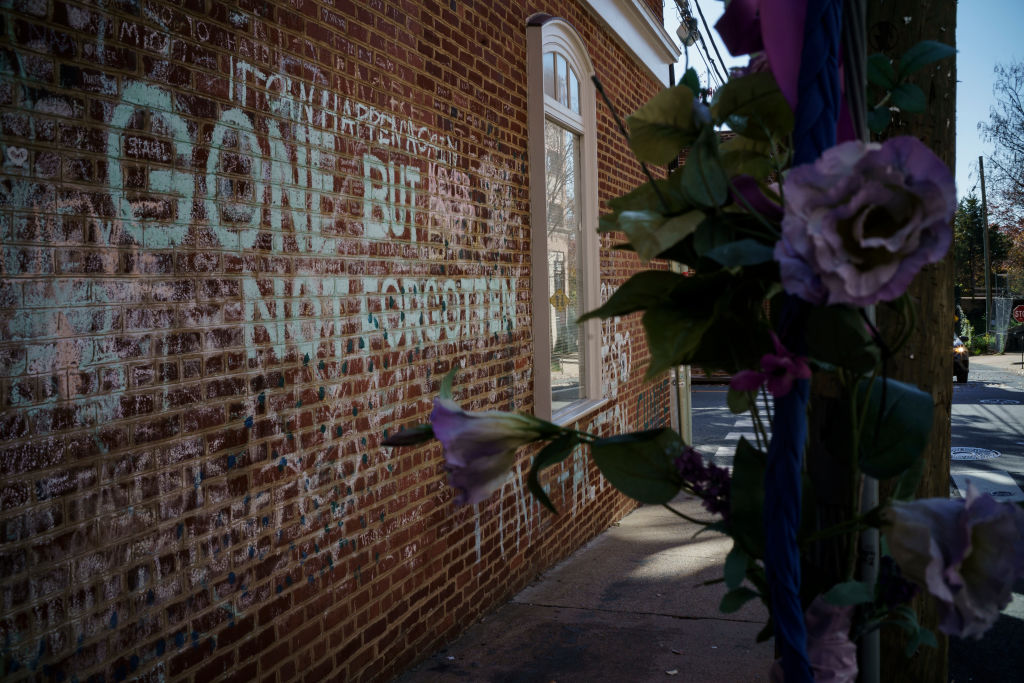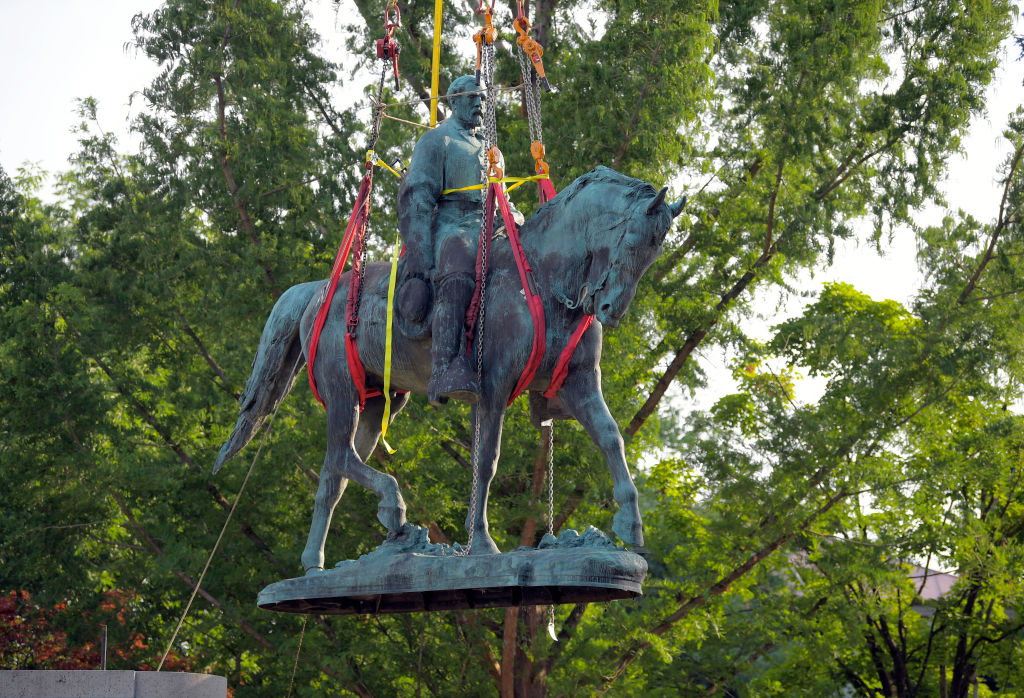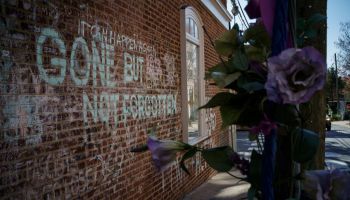
Source: The Washington Post / Getty
Friday marked the fifth anniversary of a large gathering of white supremacists united in whiteness and violence, allegedly responding to the attempted removal of a Robert E. Lee statue in Charlottesville, Virginia. The Unite the Right rally unleashed a violent torrent on the city that led to the murder of Heather Heyer.
Last November, a jury found organizers and some participants liable in a federal civil trial. They were ordered to pay $25 million in damages.
While the Charlottesville Lee statue was finally removed last summer, the fight over its future continues. And despite the opposition, communities like Charlottesville are resilient and determined to move forward.

Source: The Washington Post / Getty
A program spearheaded by the Jefferson School African-American Heritage Center wants to repurpose the Lee statute into a nationally renowned work of art reflective of the entire community. With support from several local organizations and the University of Virginia’s The Memory Project, the Jefferson School engaged the community in envisioning a replacement for the Charlottesville Lee statue.
Instead of being dictated by attempts to rewrite history, the center’s Swords into Plowshares project “offers Charlottesville–and the nation–the chance to transform our trauma into renewal through art.” Removing symbols of an insurgent force isn’t destroying history but moving toward putting that history in its proper context.
Charlottesville city officials voted to remove the statue and then again voted to donate it to the Jefferson School. But the museum’s plans have been paused while litigation works its way through yet another courtroom. According to the Washington Post, the plaintiffs trying to gain access to the statute are connected to a group that tried to prevent the removal of the Charlottesville Lee statue. (Read the full article here).
Confederate sympathizers are trying to prevent the local community from repurposing the bronze statue. Proponents of the drawn-out litigation further want to preserve the figure despite its lack of artistic or historical value.
As reported by NPR, Charlottesville’s Lee statue was unveiled in 1924, funded by a sizeable donation from a wealthy white man. Created decades after the end of the Civil War more represent the Jim Crow era than the war itself.
Scholar activist Dr. Jalane Schmidt previously described the origin of these statues for Slate. She noted that the U.S. could learn from how Germany handled Nazi “art” and paraphernalia after World War II.
Historical markers and other notable mechanisms can provide context for events long past. And in some cases, the statues do not represent the will of the communities where they were placed. In an interview with Baptist News Global, scholar-activist Dr. Jalane Schmidt shared the area’s history, noting that most of the people in the surrounding area had been enslaved.
“In our community of Charlottesville and Albermarle County at the time of the Civil War, 52 percent of the population had been enslaved,” she said. “So, that’s over half of the residents of our community who were enslaved. What this said to me was: Those Confederate statues have been lying to us from day one because the majority of people here were elated with the victory of Union forces.”
It’s no coincidence that statues of Lee and other Confederates were splattered across the country. Not only relegated to the deep south, these monuments to white supremacy. And because the U.S. government simply allowed Confederates to not only fall back into the fold but spread their propaganda and erect monuments to white supremacy, the entrenched entitlement persists.
Twenty-five years after the end of Reconstruction, the Virginia state legislature disenfranchised Black voters. Political elites saw fit to erect statues further enshrining white southern political power.
White nationalist rhetoric and violence have been escalating in recent years, emboldened in part by the former president. These overtures have little to do with the memory of individuals, some of whom never wanted to be memorialized.
“Lee himself, after the war, was insistent there should not be memorials to the Confederacy,” Schmidt told Baptist News. “He was not buried in his uniform. There was no Confederate flag at his funeral. Nothing. Lee said we don’t want to keep this wound open. People who claim to be honoring Lee are disrespecting his express wish.”
By many accounts, the law does not prevent the Jefferson School from carrying out its plans to melt down the statute. In many ways, the transformation is symbolic, fulfilling the promise of emancipation and restoring democracy to the region.
Preserving and reflecting on history and telling the story of how this country, her many states and their people came to be is important. But it must happen in full context.
SEE ALSO:
The post Charlottesville’s Unfinished Statue Business Five Years After ‘Unite The Right’ appeared first on NewsOne.
Charlottesville’s Unfinished Statue Business Five Years After ‘Unite The Right’ was originally published on newsone.com














